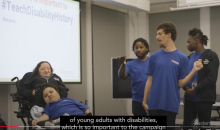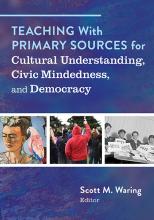Efforts to Advance Teaching of Disability History Converge
Through the years, I have attend many uplifting annual conferences of the National Council for the Social Studies. Yet the November 22-24, 2024 conference set a new high for new energy and focus on teaching disability history. Interest in workshops and posters on disability history attracted strong participation.







